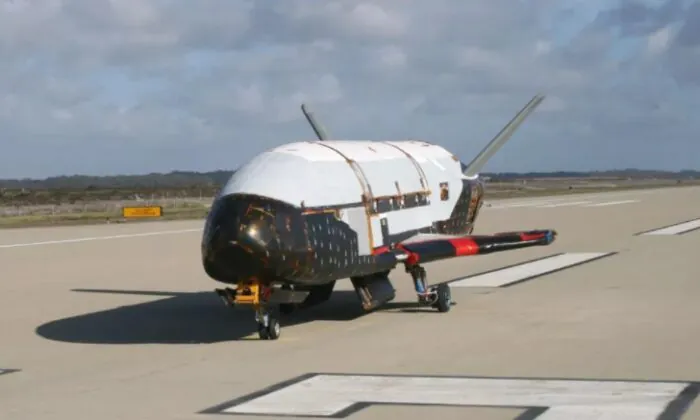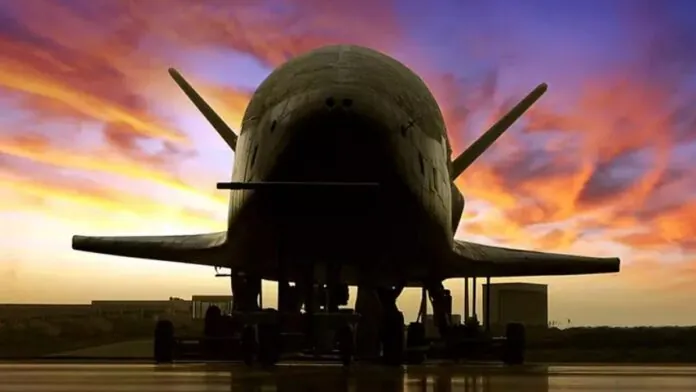© ROOT-NATION.com - Use of content is permitted with a backlink.
The X-37B robotic spacecraft of the US Space Force continues to collect records. To date, the X-37B has been in Earth orbit for 781 days, beating its previous record of 780 days. The reusable vehicle designed and built by Boeing is currently on its sixth flight, known as Orbital Test Vehicle-6 or OTV-6, which launched on May 17, 2020.
Boeing Space company announced the milestone on Twitter today, writing that the spacecraft “has set another endurance record – as it has on every mission since its first launch in 2010.”

The X-37B’s current mission includes several classified payloads, but some of its flight experiments have been made public. One such experiment last year tested the U.S. Naval Research Laboratory’s Photoelectric Radio Antenna Module, or PRAM, a small device about the size of a pizza box designed to convert solar energy into microwaves that can then be beamed back to Earth from orbit
781 days and counting!
The world's only reusable spaceplane, #X37B, has set another endurance record — as it has on every mission since it first launched in 2010. Congratulations to the @USAirForce, @SpaceForceDOD and all our teammates who support X-37B! #SemperSupra pic.twitter.com/zzZAOG0Wa5
— Boeing Space (@BoeingSpace) July 7, 2022
Other payloads launched on OTV-6 include the US Air Force Academy-developed FalconSat-8 satellite, which carries five experimental payloads, and two NASA experiments designed to test the effects of radiation on plant seeds and assess the effects of space on various materials.

The general design of the X-37B is similar to that of NASA’s now-retired Space Shuttle (the world’s first reusable spacecraft), although the X-37B is much smaller: the military space plane is 8.8m long and 2.9m tall and boasts a wingspan of almost 4.6 m.
The X-37B weighs 4,990 kg and is designed to operate at an altitude of 240 to 805 km. The ship has fully automated launch and landing capabilities, as well as a fully electromechanical control system that eliminates the need for hydraulics. In a company newsletter, Boeing calls the X-37B “one of the world’s newest and most advanced reusable spacecraft.”
While there are rumors or theories that the X-37B could be a test bed for orbital weapons or could be used to intercept enemy satellites, experts doubt these claims, saying the aircraft is too small and maneuverable for these purposes. The main role of the space plane is likely to be testing new sensor systems and other technologies in orbit.

While OTV-6 just set a new endurance record for the X-37B program, it is 781 days short of the overall spaceflight mark. For example, many Earth observation satellites have been operating for 10 years or more, and NASA’s Voyager 1 and Voyager 2 spacecrafts are still in interstellar space, nearly 45 years after launch.
You can also help Ukraine fight with Russian occupants via Savelife or via an official page of the National Bank of Ukraine.
Subscribe to our pages in Twitter and Facebook.
Read also:
- NASA has lost radio contact with the CAPSTONE lunar probe
- NASA plans to send floating robots to explore “oceanic worlds”


